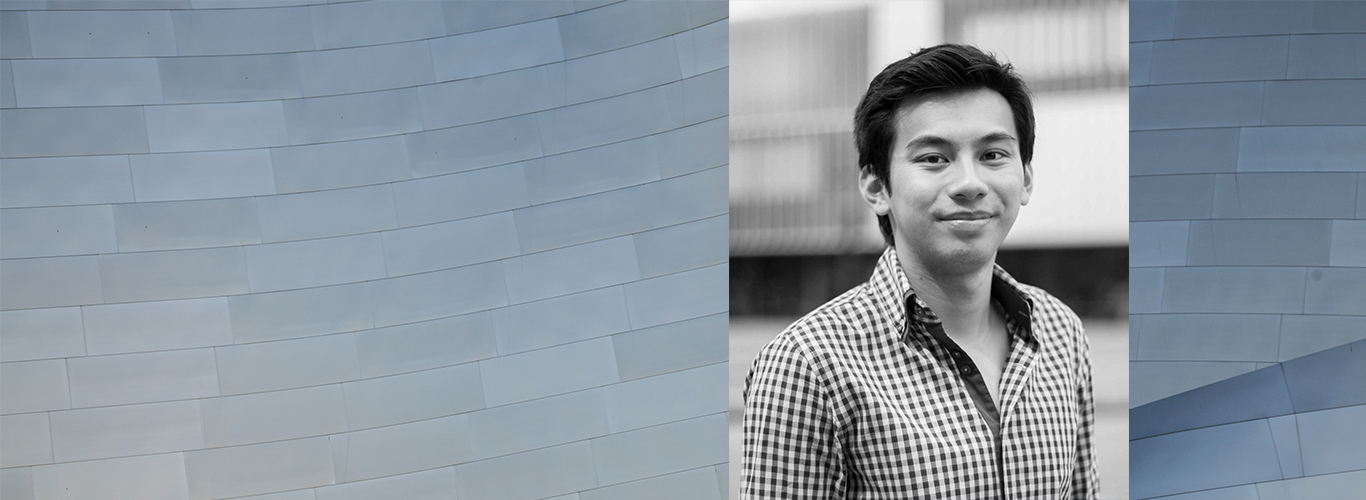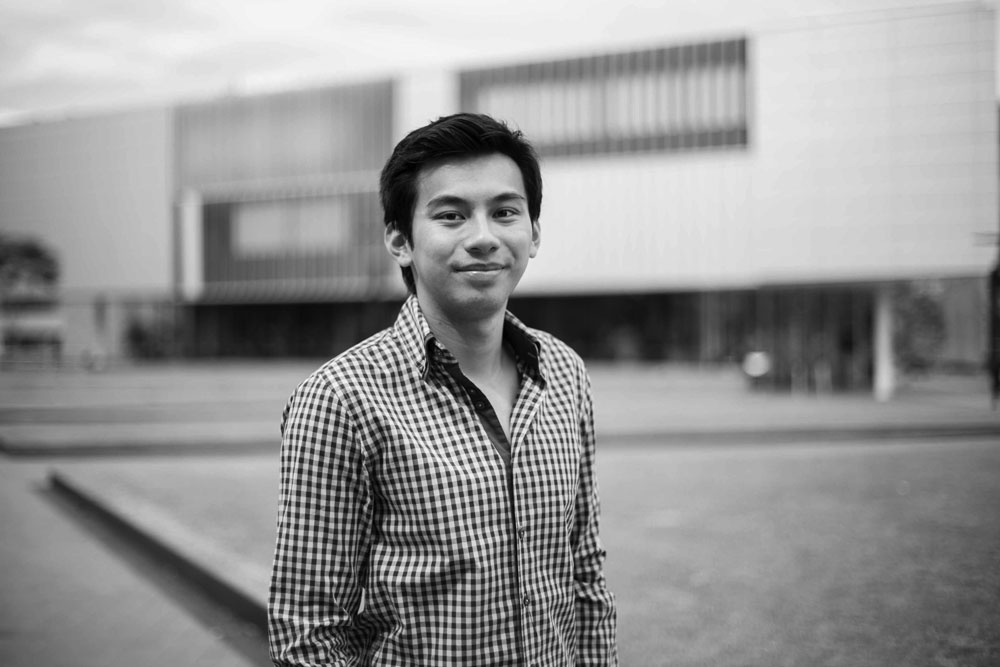William Chan: Stories of 2017

This is the final reflection of our Conversations: Stories of 2017 series. William Chan is an urban strategist who recently returned to our national urban design and planning team following two years in Italy and Germany completing a Dottore Magistrale degree in architecture, construction and city.
Ever since I learnt about the art of Christo and Jeanne-Claude at school, I’d always wanted to experience one of their works first hand. I loved how they could transform buildings and places in such a provocative and unexpected manner just by wrapping lengths of solid-coloured fabric through the built and natural environment.
During my time studying and living in Italy, I finally got the chance to visit one of their projects, The Floating Piers. It was a three-week site specific installation located on Lake Iseo, between its more well-known neighbours of Lake Como and Garda in the country’s north. Over 225,000 high-density polyethylene cubes, cloaked in a shimmering saffron yellow, were installed to create a modular floating walkway system linking the mainland to Monte Isola – fittingly ‘mountain island’ as a literal translation.
My experience of walking barefoot on the soft fabric, feeling the physicality of each step being reverberated by the opposing force of the water was surreal. Locals and tourists alike flocked to the The Floating Piers, dipping their feet into the lake and eating together as though the fabric was a continuous picnic rug. They made the most of the occasion, very much aware of the temporal state of this ‘pop-up’ public place and its magic of generating an important pedestrian access, and indeed relationship, to both land and water. Christo and Jeanne-Claude had splendidly created a work of art, a piece of urban infrastructure, that co-existed with nature.
What was profound about The Floating Piers, albeit being temporary, was the local legacy and excitement that was catalysed in an otherwise isolated and sleepy town. The local Italians were able to engage with their natural surroundings in a novel fashion by walking on water. This community became inspired and following the dismantling of the installation, they asked what other innovative infrastructure could also showcase the potential of their natural landscape?
To build on this energy, I was invited to return to Monte Isola by the mayor Fiorello Turl in August this year to explore new ecologically sustainable ideas through smart infrastructure. Collaborating with local residents, we designed the winning proposal for the challenge. The vision was to create an off-grid island through a network of green activity pockets (such as water sports and floating gardens) linked by sustainable bioreactors that produced energy using algae from Lake Iseo. Seeing the faces of local residents light up from the idea, and their openness to further develop and implement new ways of living with nature was the highlight of my experience.
Although it’s a real shame that The Floating Piers were short-lived, it actually had a lasting impact on the local community. Similar to Christo and Jeanne-Claude, as artists, architects and designers, we have the power to reveal new futures – ones that make the world a better place. If the public cannot see or understand the value of a new design or experience, we can physically demonstrate through making and prototyping. By creating physical structures like installations and architecture, we can show the community an alternate reality and most importantly, inspire them to act more sustainably with the environment.
